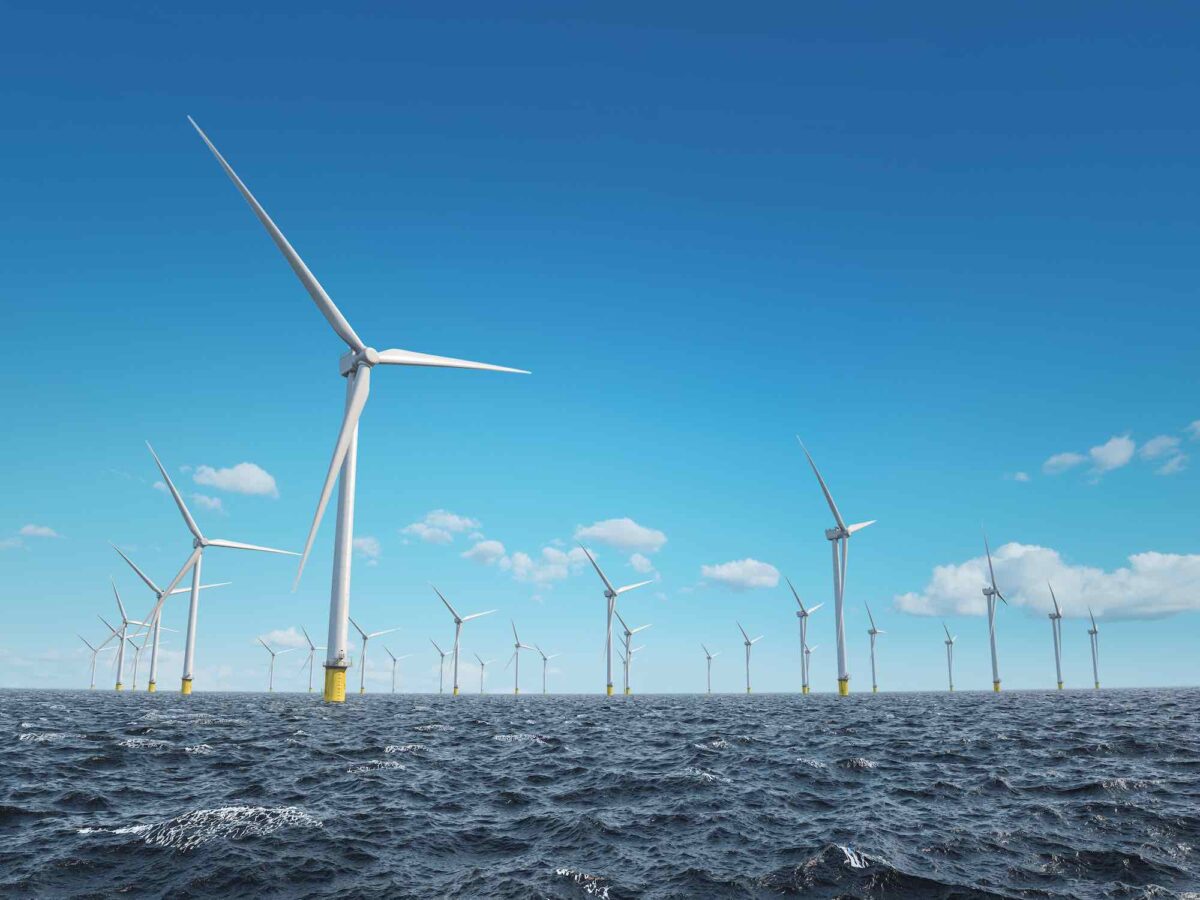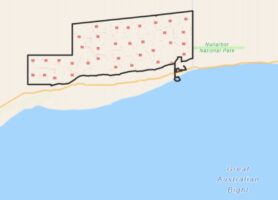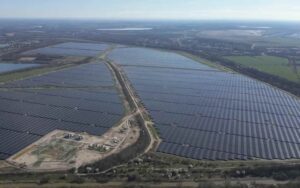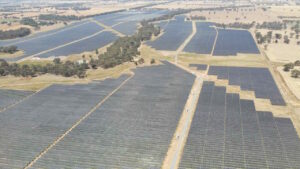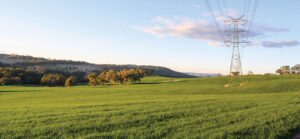The global offshore wind industry installed a total of 10.8 gigawatts (GW) worth of new capacity in 2023, marking the second-highest year of installations, and setting the stage for what the Global Wind Energy Council predicts could be a record-breaking decade.
New figures published today by the Global Wind Energy Council (GWEC) pinned total 2023 offshore wind capacity installations at 10.8GW, up 24% on the previous year and bringing the global offshore fleet of wind power to 75.2GW.
Moreover, GWEC analysts expect that this sort of growth rate will continue through the remainder of the decade, though only if the present increase in policy momentum continues.
“Installing almost 11 GW of offshore wind is the leading edge of a new wave of offshore wind growth,” said Ben Backwell, CEO of the Global Wind Energy Council.
“Policy progress – especially across the Asia-Pacific region and the Americas – has set us on course to regularly install record-breaking capacity annually and pass the 380 GW target set up by the Global Offshore Wind Alliance. That means offshore wind is on course to achieve the tripling ambition set at COP28 in Dubai.
“Offshore wind is now so much more than a European, Chinese or American story. In the last year GWEC has seen rapid progress in new markets where the key drivers for offshore wind are now in place – from government commitments to sustainable economic growth, to increased consumer demand and industrial decarbonisation.”
Over the next ten years, GWEC expects 410GW of new offshore wind capacity to be installed, the majority of which will be installed at the turn of the decade, with two-thirds installed between 2029 and 2033.
However, GWEC reiterates the need for this rapid expansion of deployment to be built on a growing collaboration between industry and government alongside the creation of streamlined and effective policy and regulatory frameworks.
Continued expansion of the global offshore wind energy industry will be driven in part by new arrivals on the scene, including countries like Australia, Japan, South Korea, the Philippines, Vietnam, Brazil, Colombia, Ireland, and Poland. In each of these countries, policy developments are being matched by what GWEC describes as “unprecedented focus across governments, industry, and civil society” to set up the conditions for long-term offshore wind development at scale.
In Australia earlier this year, the federal government granted the first set of feasibility licenses for six projects off the coast of Gippsland in Victoria, as well as its intention to grant a further six licenses to projects in the region.
If all 12 projects are built, 25GW worth of offshore wind would be brought online.
“Governments around the world are choosing offshore wind for their people and their economies,” said Rebecca Williams, chief strategy officer for offshore wind at GWEC.
We have reached the point in mature markets where the technology is now proven to have the ability to save households money versus conventional energy sources.
“This new wave of offshore wind markets are taking notice and making progress of their own, in some cases outgrowing the ‘emerging’ label thanks to strong collaboration between industry and policymakers. It is vital to continue that cooperation, particularly in this year of significant elections around the world, to ensure targets become turbines and more markets develop in the wake of this decade’s expansion.”

